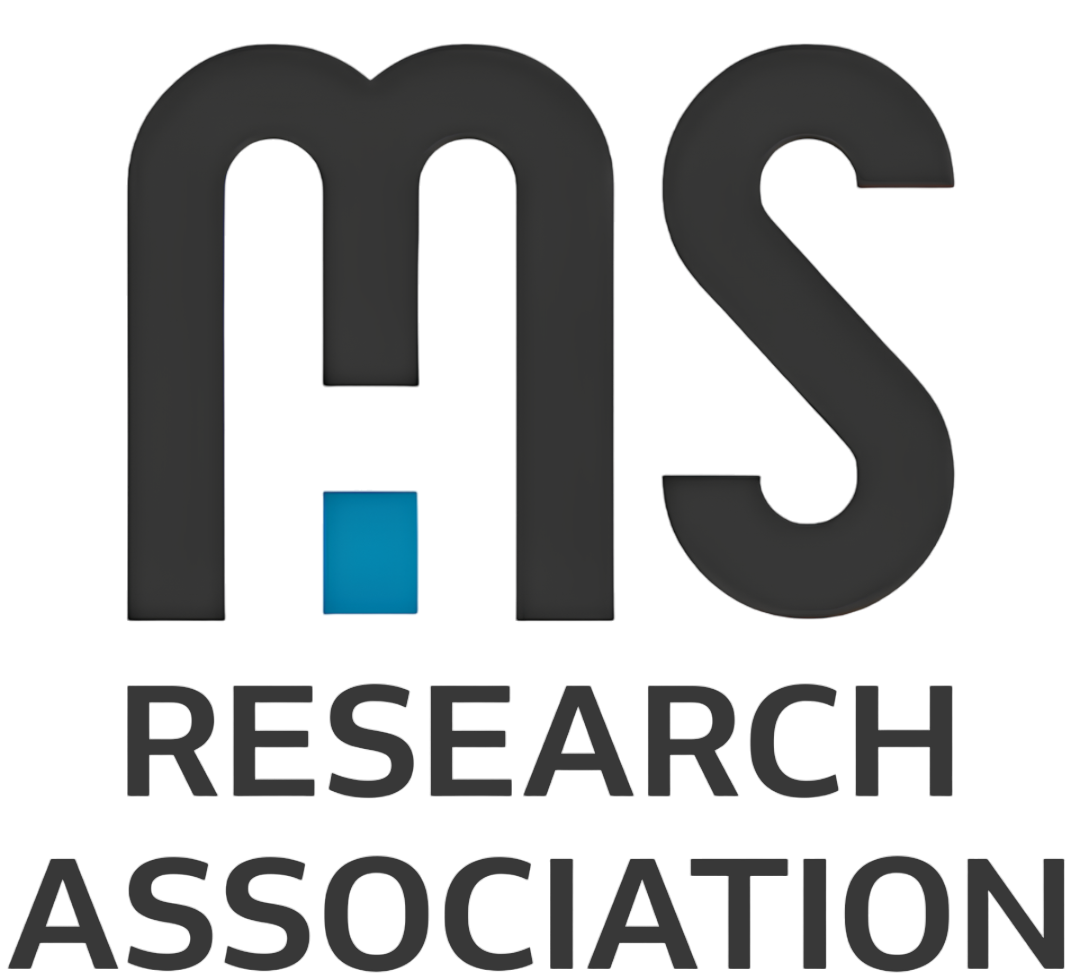Abstract
The coronavirus disease-2019 (COVID-19) may be a trigger for acquired demyelinating central or peripheral nervous system disorders like other viral infections. We present a clinical image of a patient who was diagnosed with neuromyelitis optica (NMO) following COVID-19 infection. A 25-year-old woman presented with progressive loss of strength and numbness in her left upper extremity and bilateral lower extremities and sphincter involvement on the second week of isolation. Spinal magnetic resonance imaging revealed extensive long-segment demyelinating lesion. NMO-immunoglobulin G antibody was positive. It is one of the first cases of long extensive transverse myelitis with seropositivity among the long-segment myelitis cases in the literature.
Clinical Image
A 25-year-old woman was admitted to our emergency department for evaluation, with a 1-week history of progressive loss of strength and numbness in her left upper extremity and bilateral lower extremities and urinary retention. Her past medical history was remarkable for 5-day hospital admission and an isolation period at home for 2 weeks because of COVID-19 infection. Her neurological symptoms appeared in the second week of self-isolation. Thoracic computed tomography revealed diffuse infiltration areas and ground-glass opacities of both lungs (Figure 1).
At the time of assessment, she was alert and fully oriented. All cranial nerve functions were intact. Motor system examination was significant for left hemiparesis, hyperreflexia in the lower extremities with a positive Hoffman sign on the right side, and bilaterally positive Babinski sign. She had diminished sensation in the lower extremities, which was more prominent on the left side. A Foley catheter was inserted, and a half-liter of urine was drained. Her complete blood count, routine biochemistry, and C-reactive protein were all normal. Brain magnetic resonance imaging (MRI) findings were normal. Spinal MRI revealed long-segment signal alteration and cord expansion from C2 to C8 in T2-weighted sequences (Figure 2 A, B), consistent with longitudinally extensive transverse myelitis (LETM). A thorough workup was performed for possible causes of LETM. Lumbar puncture revealed lymphocytic pleocytosis with white blood cell count of 323 and high protein levels (149.1 mg/dL; normal range, up to 45 mg/dL). Infectious workups all returned negative. The immunoglobulin G (IgG) index was negative, and oligoclonal bands were absent. Laboratory studies used during workups for vasculitis and paraneoplastic diseases were negative. The test for neuromyelitis optica-IgG (NMO-IgG) antibody was positive, whereas MOG-IgG antibody was negative.
Her diagnosis was based on NMO spectrum disorder diagnostic criteria by having LETM confirmed by MRI and high NMO-IgG antibody levels. Subsequently, she was started on a high-dose (1 g/day) intravenous methylprednisolone (IVMP) regimen. On day 2 of IVMP infusion, she developed quadriplegia and was taken up for plasmapheresis. In total, five sessions of plasmapheresis were performed (every other day). IVMP infusion was also given for 10 days, followed by an oral regimen with progressive improvement of muscle strength. Rituximab maintenance therapy was initiated during follow-up.
Considerable neurological manifestations of COVID-19 are reported in the literature during the pandemic (1). Among these manifestations, spinal cord demyelination is an under-recognized neurological complication (2, 3). To the best of our knowledge, this is the third report of an LETM case with seropositivity in favor of NMO among few long-segment myelitis cases in the literature (4, 5). In this case, the interval of 3 weeks between the onset of COVID-19 symptoms and neurological symptoms supports post-COVID NMO reactivity in terms of secondary immunogenic reaction.
Several pathogenetic mechanisms are hypothesized for the pathogenesis of parainfectious NMO, such as molecular mimicry, bystander activation, and exacerbation of subclinical disease by systemic infection. In the case of molecular mimicry, antibodies that recognize both the microbial and self-epitopes are produced by activated B cells. In bystander activation, aquaporin-4 (AQP4) (which is the target antigen of NMO-IgG)-specific T and B cells are activated because AQP4-rich tissues are destroyed by microbes and increased self-antigen presentation (6). This mechanism is likely for seropositive parainfectious NMO cases.
In conclusion, NMO should be considered in the differential diagnosis for patients with COVID-19 who present with LETM or vice versa. Establishing an early diagnosis and treatment strategy for improved outcomes is critical.



